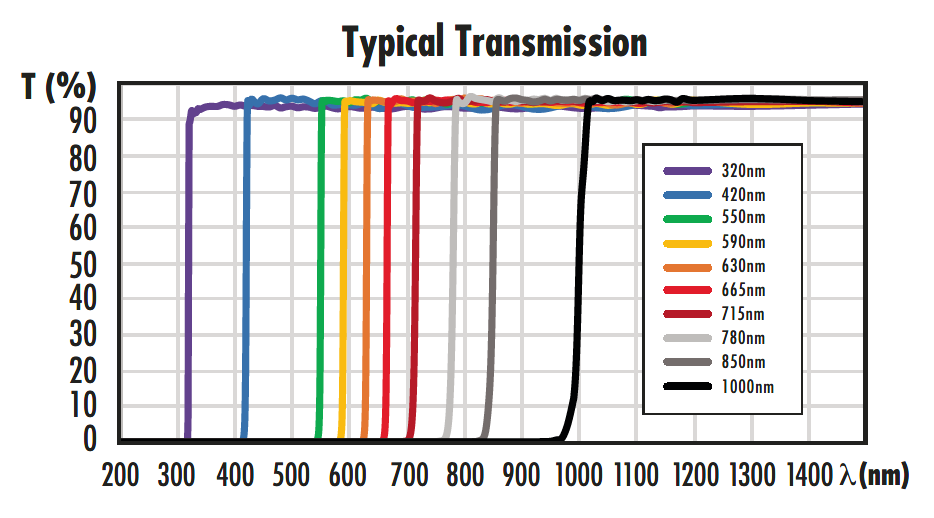Properties—residential, commercial, and industrial—are all powered by electricity. From basic tasks like lighting and air conditioning to advanced systems like the Internet of Things (IoT), every function relies on a steady flow of current. These currents travel through electric cables, each designed with specific wire sizes depending on their intended use. Measured in American Wire Gauge (AWG), the lower the gauge number, the thicker the wire, and vice versa. However, using a small wire for high current can lead to permanent damage. Therefore, selecting the appropriate cable size is crucial. Here are three practical methods to determine the right electric cable size.
**1. Inspect the Cable Insulators**
Most cables feature text or numbers printed on their exterior, indicating their gauge. Typically, the final digits represent the wire's AWG value.
**2. Cut the Wire Cross-sectionally**
Using a wire cutter, make a perpendicular cut across the wire to avoid damaging the internal structure and ensure accurate diameter measurement.
**3. Measure the Diameter**
The diameter of the wire’s cross-section should be measured in inches. Divide this number by 45 to estimate the gauge.
However, choosing the ideal cable size depends on its voltage rating and application. Let’s explore some common cable types and their specifications.
---
Residential, commercial, and industrial setups often utilize 12-gauge and 14-gauge wires. The resistance of a wire is directly proportional to its length and inversely proportional to its thickness. As current flows through a wire, it causes a voltage drop. Thinner wires or longer lengths result in greater voltage loss. Hence, selecting the correct cable type is essential, depending on the application. Some popular cable types include:
- **Power Cables**: Standard cables used for general electrical needs.
- **Rubber Cables**: Flexible and durable, ideal for outdoor and industrial uses.
- **Electric Panel Cables**: Designed for distribution panels.
- **Armoured Cables**: Protected against physical damage.
- **Fire-resistant Cables**: Built to withstand extreme conditions.
- **Halogen-free Cables**: Environmentally friendly options.
- **Solar Cables**: Resilient against UV rays and weather elements.
- **Aluminum Cables**: Lightweight and cost-effective alternatives.
These cables come in various materials, such as PVC, tinned copper, thin-wall insulation, or double-layered insulation. Deciding which cable best suits your property depends on factors like durability, safety, and budget.
---
For those seeking reliable cable solutions, KEI Cables stands out as India’s leading manufacturer. Based in New Delhi, KEI has been a trusted name in the industry for over six decades. Whether you need high-voltage cables, low-voltage cables, communication cables, fire-resistant cables, or solar cables, KEI offers a comprehensive range. Visit [www.kei-ind.com](http://www.kei-ind.com) to explore their full product lineup or contact them via email for more information.
With KEI Cables, you’re investing in quality, innovation, and long-term reliability.
Optical Colored Glass Filter
Filters are designed by their manufacturers to transmit or absorb different wavelengths of light. Optical Filter is widely used in medical instrument, finance, metallurgical, photography,cameras, navigation, military, biography instrument, optical instrument and science field etc.
Longpass filters are designed to have a sharp transition from reflection to transmission, making them ideal for various applications. Available in a variety of cut-on wavelengths, these filters are designed for fluorescence and order sorting applications.Â
China star optics can supply a full range of filter. They are shortpass, longpass, band pass, ultraviolet, infrared, heat absorbing, and color temperature conversion filters. We use material by China to Schott, Hoya, and other manufacturers to process them. Metallic films, colored glasses and thin dielectric films filter are all available per your requirements.

Specification of our color filter as follow:
Material:Filter Glass,BK7
Dimension: 4mm-160mm - 0.20mm
Squares/Rectangles:1mm-165mm
Thickness:0.5mm-4mmÂ
Wavelength range:190nm to 4.5um
Thickness tolerance:+/-0.01mm-0.1mm
Edges:FineÂ
Ground Flatness:Up to Lambda/10
Surface quantity: 80/50-20/10 Scratch/Dig
Optical Colored Glass Filter,Optical Bandpass Interference Filter,Optical Color Glass Filter,Square Colored Glass Filter
China Star Optics Technology Co.,Ltd. , https://www.csoptlens.com
